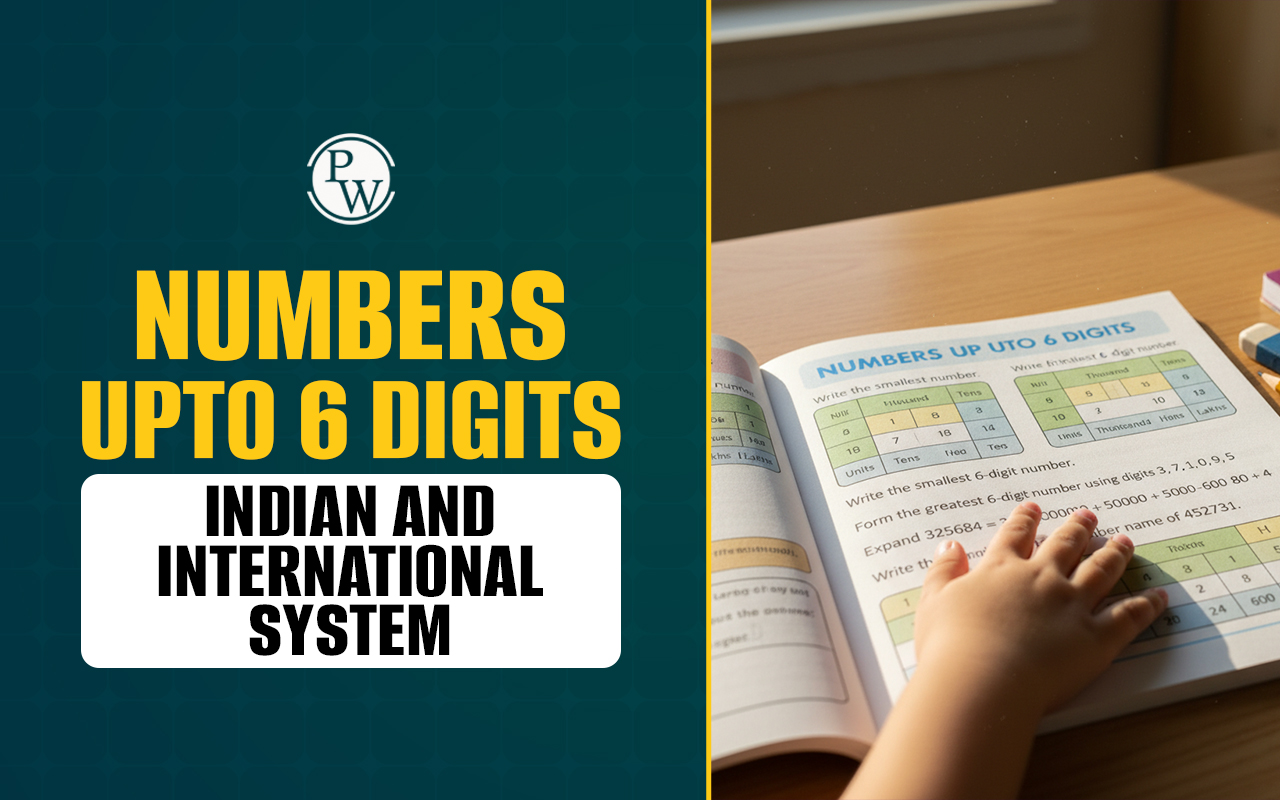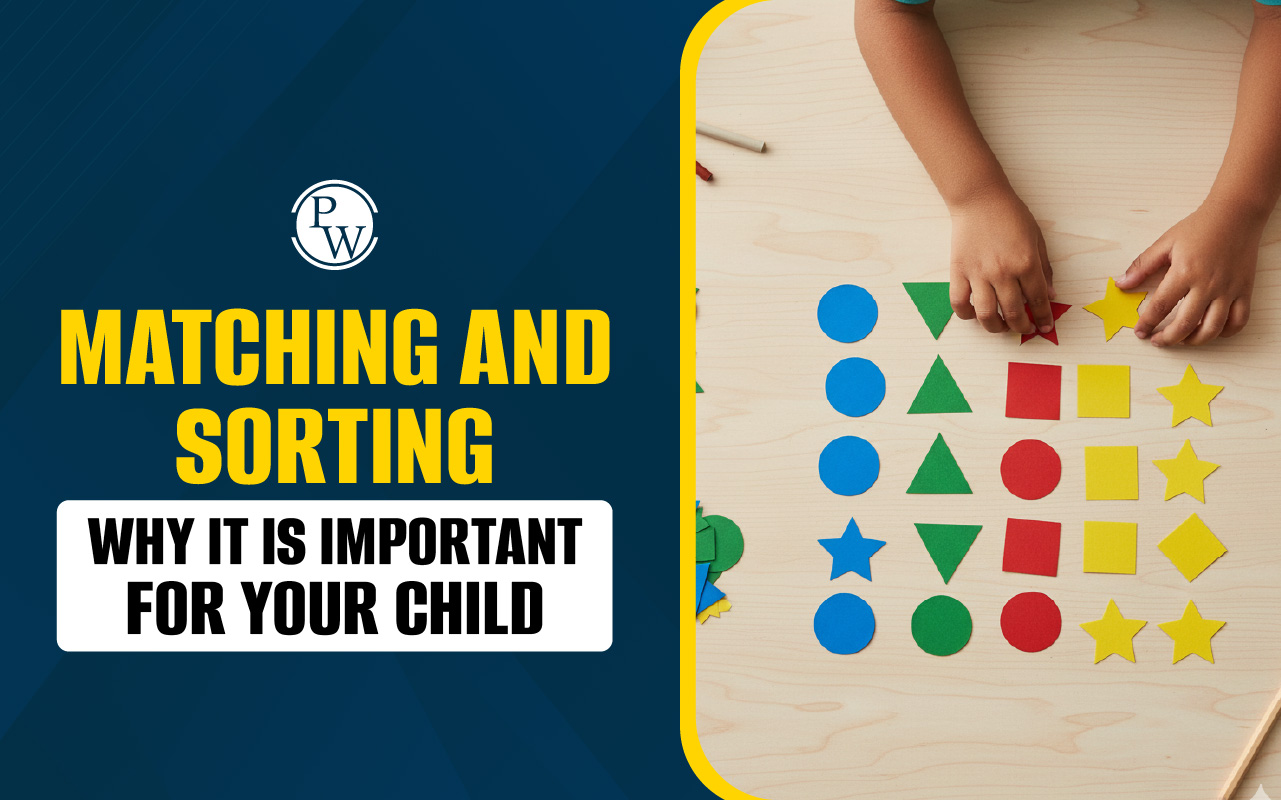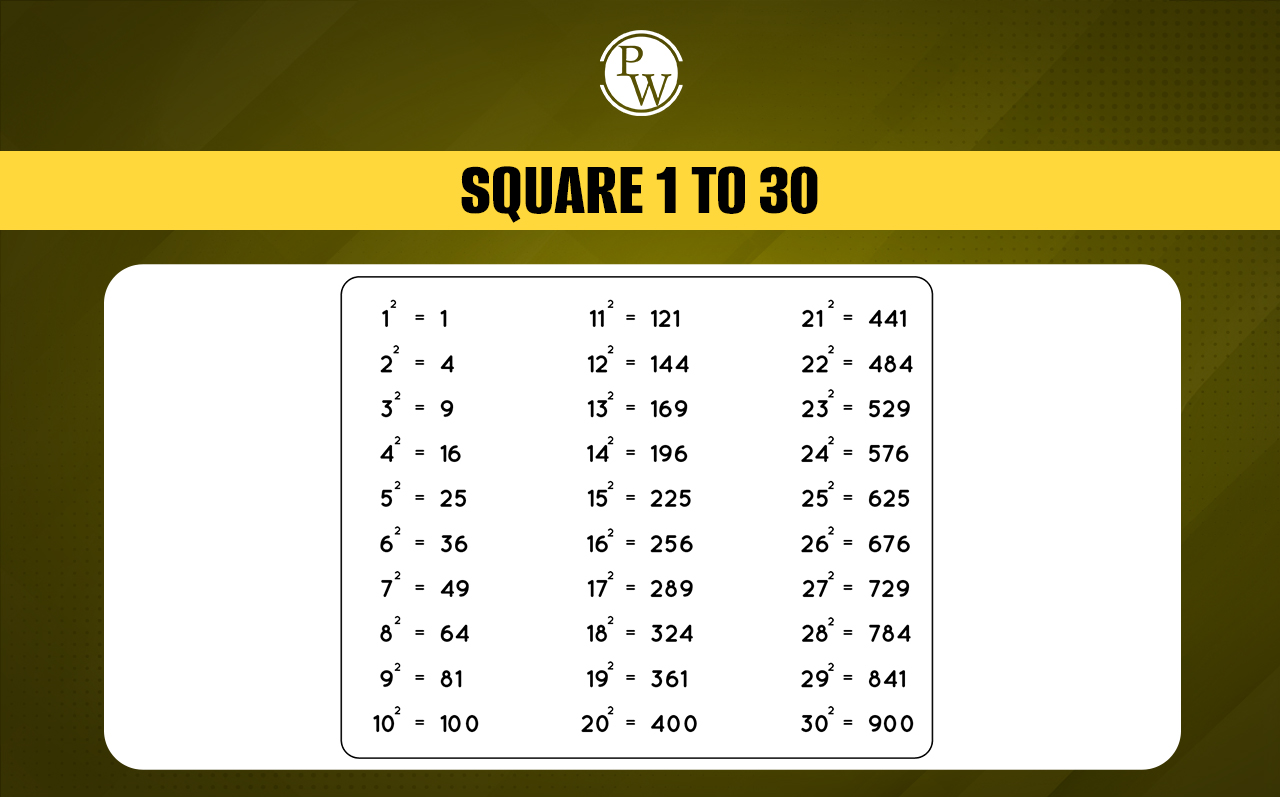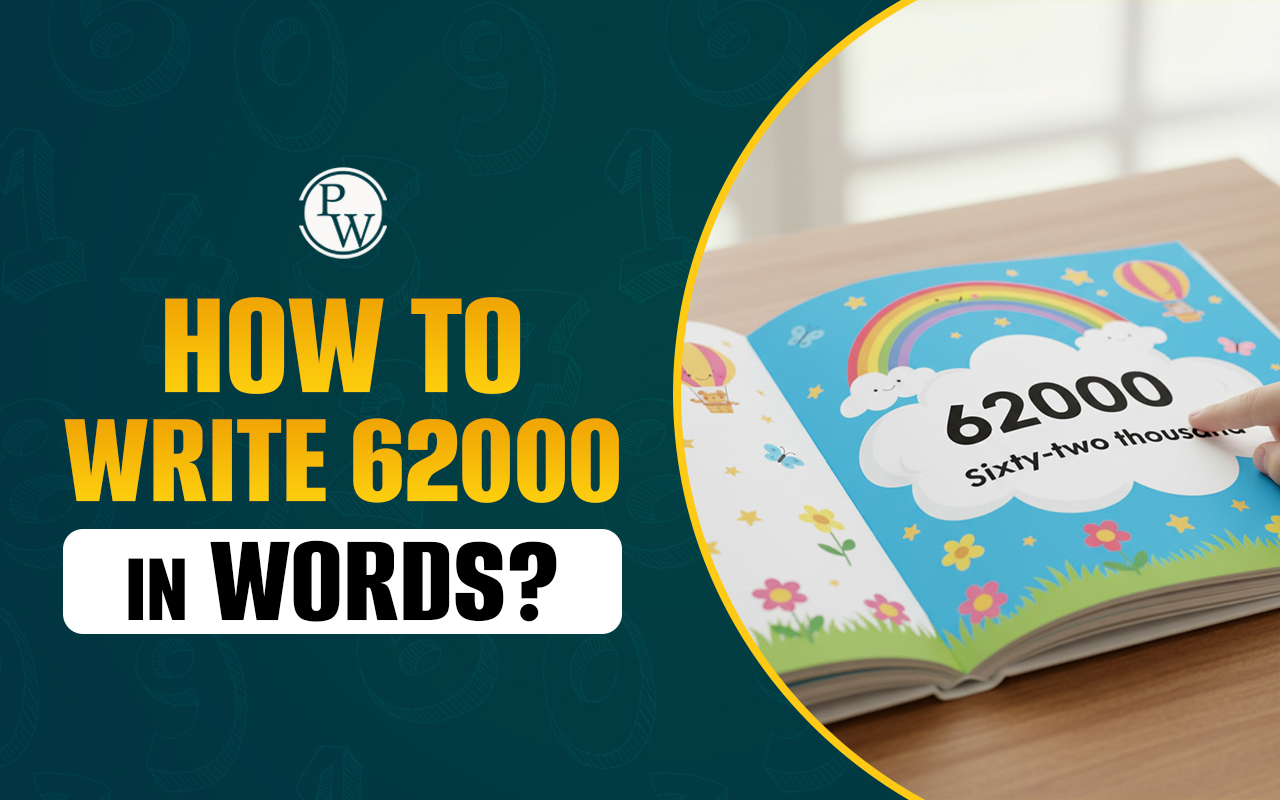

Area of polygon helps us determine how much space a multi-sided shape covers. Whether you're working with simple shapes like triangles and rectangles or more complex ones like hexagons and irregular quadrilaterals, each polygon has its own method for area calculation.
Polygons are classified as regular (equal sides and angles) or irregular (unequal sides or angles). For regular polygons, formulas are direct and consistent.
For example, the area of a square is simply the side length squared. In contrast, the area of an irregular polygon is often calculated by breaking it into simpler shapes such as triangles or rectangles, then adding the individual areas together.
In this blog, we will learn to calculate the area of polygon using different formulas.
What is the Area of a Polygon?
The area of a polygon refers to the total space enclosed within its sides on a two-dimensional (2D) plane. In simpler terms, it is the surface or region covered by a polygon, measured in square units such as cm², m², or in².
If a polygon has n sides, the area is the measure of space bound by all these n sides. The shape could be a triangle, quadrilateral, pentagon, or any multi-sided figure.
There are two major categories of polygons when it comes to calculating area:
-
Regular polygons: All sides and angles are equal (e.g., square, equilateral triangle).
-
Irregular polygons: Sides and angles are not equal (e.g., a land plot with uneven boundaries).
Why Should You Learn to Calculate the Area of a Polygon?
Understanding how to calculate the area of a polygon is useful in many real-life and academic situations. For example:
-
Estimating materials like paint, tiles, or flooring for a space
-
Creating virtual objects and environments in game design or computer graphics
-
Surveying plots of land for farming or construction
-
Solving geometry problems in exams like the SAT, GRE, or school tests
How to Find the Area of a Polygon Step-by-Step
Here are the different you can follow the find the area of formula:
Step 1: Identify the type of polygon: Is it regular or irregular? Are coordinates given?
Step 2: Choose the right formula: Use apothem method for regular polygons, coordinate method for plotted shapes, and triangle division for others.
Step 3: Plug in values carefully: Check units, especially when using side lengths.
Step 4: Verify your answer: Units should be in square units (e.g., cm², m²).
Step 4: Apply real-world logic: Ask if the number makes sense in the context (e.g., floor plan, land size).
Area of Polygons Formulas
Area of a polygon can be calculated using different formulas depending on whether the shape is regular or irregular. Below are the standard formulas for calculating the area of common polygons often encountered in daily life:
-
Area of a Triangle = (1/2) × base × height
-
Area of a Rectangle = length × width
-
Area of a Parallelogram = base × height
-
Area of a Trapezium = (1/2) × (sum of the lengths of the parallel sides) × height
-
Area of a Rhombus = (1/2) × (product of the diagonals)
-
Area of a Quadrilateral = (1/2) × diagonal × (sum of perpendicular heights from opposite vertices)
Read More: Acute Angle
Area of a Regular Polygon
A regular polygon has all sides and angles equal. The area depends on the shape, and different polygons use different formulas. Below are some commonly used are of regular polygon formulas:
-
Equilateral Traingle: (√3 / 4) × side²
-
Square: Side × Side
-
Regular pentagon: (5/2) × side × apothem
For any regular polygon, you can also use the general formula:
Area = (½) × Perimeter × Apothem
Or
Area = (½) × n × side × Apothem
Where n is the number of sides.
Example: If the perimeter is 20 cm and the apothem is 5 cm:
Area = (½) × 20 × 5 = 50 cm²
Area of an Irregular Polygon
An irregular polygon has unequal sides and angles. To find its area, divide it into simpler shapes (like triangles or quadrilaterals), calculate their areas, then add them together.
Example: An irregular quadrilateral ABCD is divided into two triangles by diagonal AC. Let:
AC = 10 cm
Height from B to AC (h₁) = 4 cm
Height from D to AC (h₂) = 5 cm
Area = (½) × AC × (h₁ + h₂)
= (½) × 10 × (4 + 5)
= (½) × 10 × 9 = 45 cm²
Read More: Measurement
Area of Polygon Solved Examples for Practice
-
Find the area of a triangle with a base of 10 cm and a height of 6 cm.
Solution:
We use the formula:
Area = ½ × base × height
Area= ½ × 10 × 6
5 × 6 = 30 cm2
Answer: 30 cm²
2. A rectangle has a length of 15 meters and a width of 8 meters. What is its area?
Solution:
Use the formula:
Area = length × width
Area = 15 × 8 =120 m²
Answer: 120 m²
3. Find the area of a parallelogram with a base of 14 cm and a height of 9 cm.
Solution:
Use the formula:
Area = base × height
Area=14 × 9 =126 cm²
Answer: 126 cm²
4. A trapezium has two parallel sides measuring 12 cm and 7 cm, and the height between them is 5 cm. Find the area.
Solution:
Use the formula:
Area = ½ × (a + b) × height
Where a = 12 cm, b = 7 cm, height = 5 cm
Area = 12 × (12 + 7) × 5 =12 × 19 × 5 = 9.5 × 5 = 47.5 cm²
Answer: 47.5 cm²
5. A rhombus has diagonals of length 18 cm and 10 cm. What is its area?
Solution:
Use the formula:
Area =½ × d1 × d2
Where d1=18 and d2 = 10 cm
Area =12 × 18 × 10 = 9 × 10 = 90 cm²
Answer: 90 cm²
6. In a quadrilateral, a diagonal measures 16 m. The perpendicular distances from the two opposite vertices to this diagonal are 4 m and 6 m. Find the area of the quadrilateral.
Solution:
Use the formula:
Area = ½ × Diagonal × (height1+height2)
Area = ½ × 16 × (4 + 6) = 8×10 = 80 m²
Answer: 80 m²
Facts About Polygons
-
The word "polygon" comes from Greek: poly (many) + gon (angles).
-
A shape with more than 12 sides is often just called an "n-gon".
-
The formula for the area of polygons becomes especially useful in computer vision and robotics.
Also Read: Find the Angle of a Triangle
Strengthen Math Skills with CuriousJr’s Online Tuition Classes
Is your child putting in the effort but still falling behind in math at school?
Many students struggle when classroom lessons move too fast or when key concepts aren’t explained in a way they can easily follow. Over time, this can lead to frustration and declining performance in exams.
CuriousJr’s Online Math Tuition helps you to address this challenge. Our expert-led classes follow the school curriculum, simplify complex topics, and provide daily practice to help students stay on track.
With small batch sizes, interactive sessions, homework support, and regular parent-teacher updates, students receive the consistent guidance they need to improve steadily and perform better in class.
Book a demo class today and help your child stay ahead in school math with CuriousJr.
Area of Polygon FAQs
What is the difference between perimeter and area of a polygon?
What are the most common units for measuring area of polygon?
Does the number of sides affect how you find the area of a polygon?
What’s a quick way to check if a polygon is regular?
Can the area of a polygon ever be zero?













